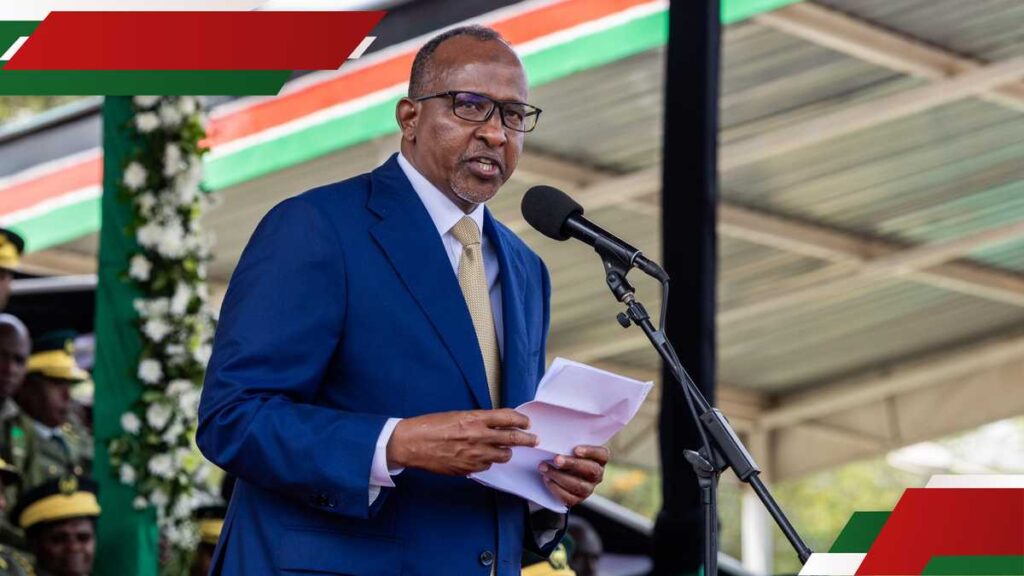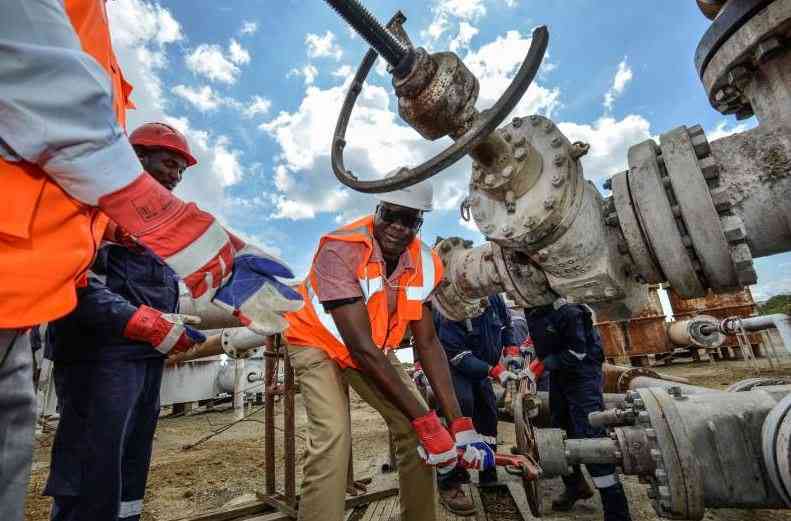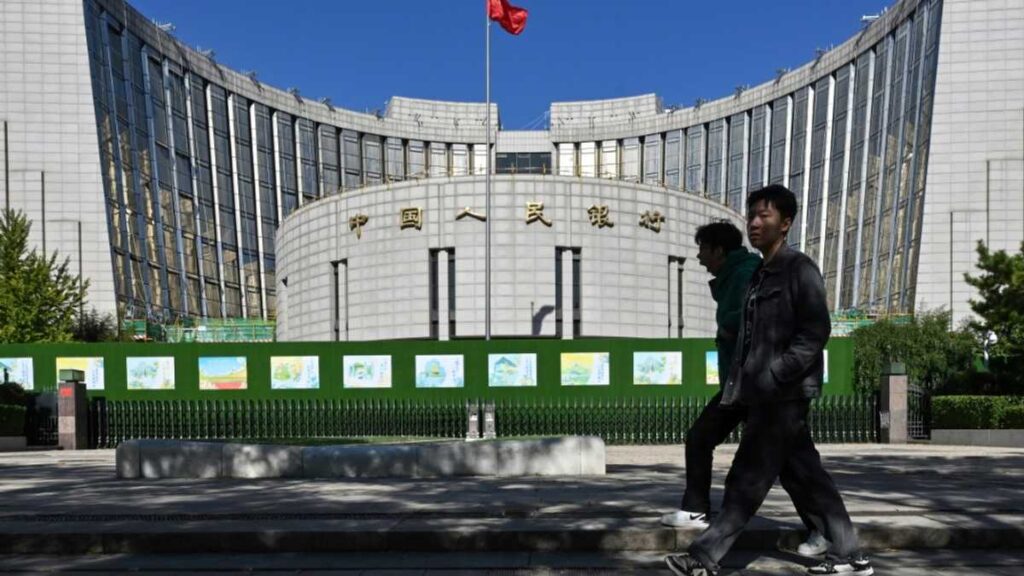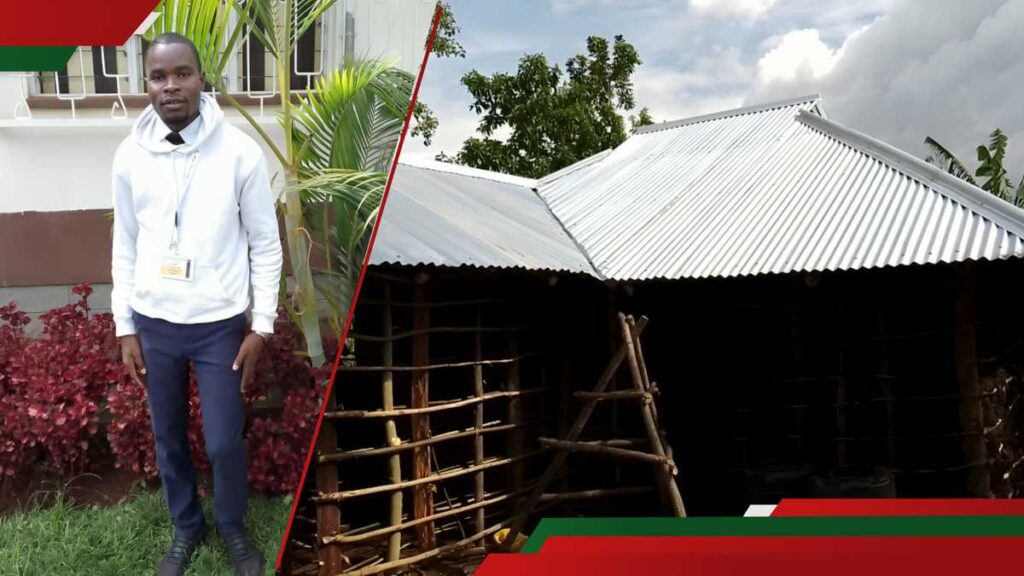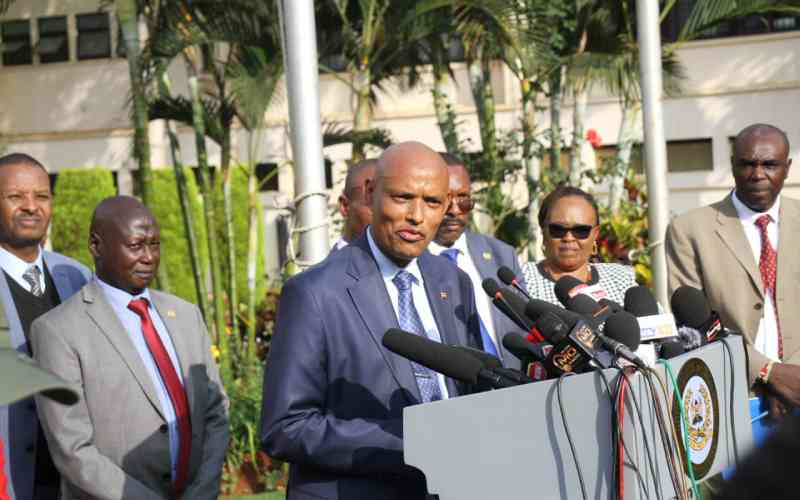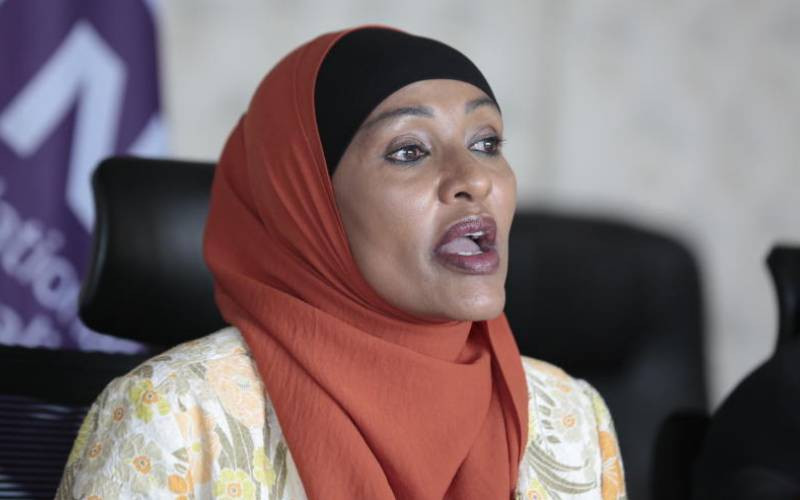The water level in Masinga Dam has risen to an unprecedented 1,056.97 metres above sea level (MASL), exceeding the maximum level of 1,056.50 MASL.
Yesterday, KenGen said it had implemented a real-time monitoring system across the dams that will provide early warnings for potential risks and ensure efficient water usage.
The power-generating company reassured the country that the Kamburu, Gitaru, Kindaruma, Kiambere, Turkwel, Sondu, and Sang’oro power stations have maintained strong operating systems despite maximum water levels.
According to KenGen CEO Engineer Peter Njenga, the Masinga Dam has defied rising climate pressures to maintain stable water levels, providing relief to Kenyans facing unpredictable rainfall patterns.
Njenga emphasised that the high-water levels are a positive development at a time when climate change is impacting hydroelectric power (HEP) production in the country.
In a press release, the CEO noted that water levels at all hydro dams are rising, which significantly boosts electricity production in the country.
“KenGen has rolled out a new real-time monitoring system across its dams to ensure efficient water use and provide early warnings for potential risks,” he stated.
“The future of power in Africa’s most ambitious green economy will not rely on a single dam but on how swiftly Kenya can transition to climate-smart solutions,” he added.
Njenga was quick to mention that the broader hydro network remains under close surveillance as water levels continue to rise, positively affecting hydropower production.
“Hydroelectricity is Kenya’s most affordable and established source of power, but it is also the most vulnerable to changes in rainfall patterns,” he noted.
Regarding geothermal production, Njenga stated that it accounts for more than 42 per cent of the country’s daily power consumption.
“Unlike hydropower, geothermal energy is resilient to weather fluctuations, giving it a significant advantage during droughts. It has become the cornerstone of Kenya’s long-term energy resilience strategy,” he explained.
Njenga also highlighted that the government is currently fast-tracking geothermal expansion projects in Olkaria, Menengai, and other geothermal-active sites.
According to the CEO, KenGen is focused on both domestic stability and regional exports under the Eastern Africa Power Pool.
“Latest data from the Energy and Petroleum Regulatory Authority shows that geothermal energy accounts for more than 42 per cent of Kenya’s daily energy consumption, with KenGen contributing over 33 per cent from its geothermal power plants in Olkaria,” he said.
Stay informed. Subscribe to our newsletter















